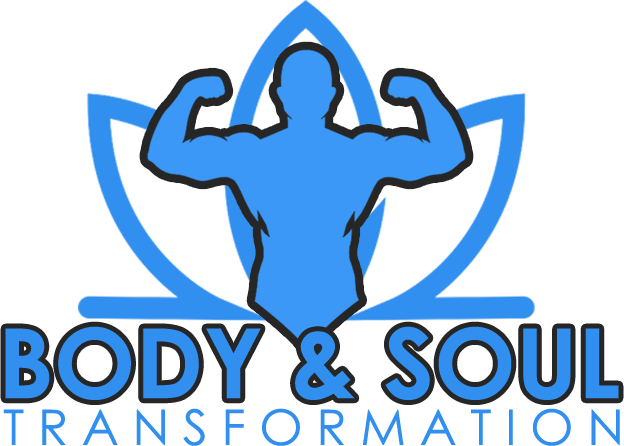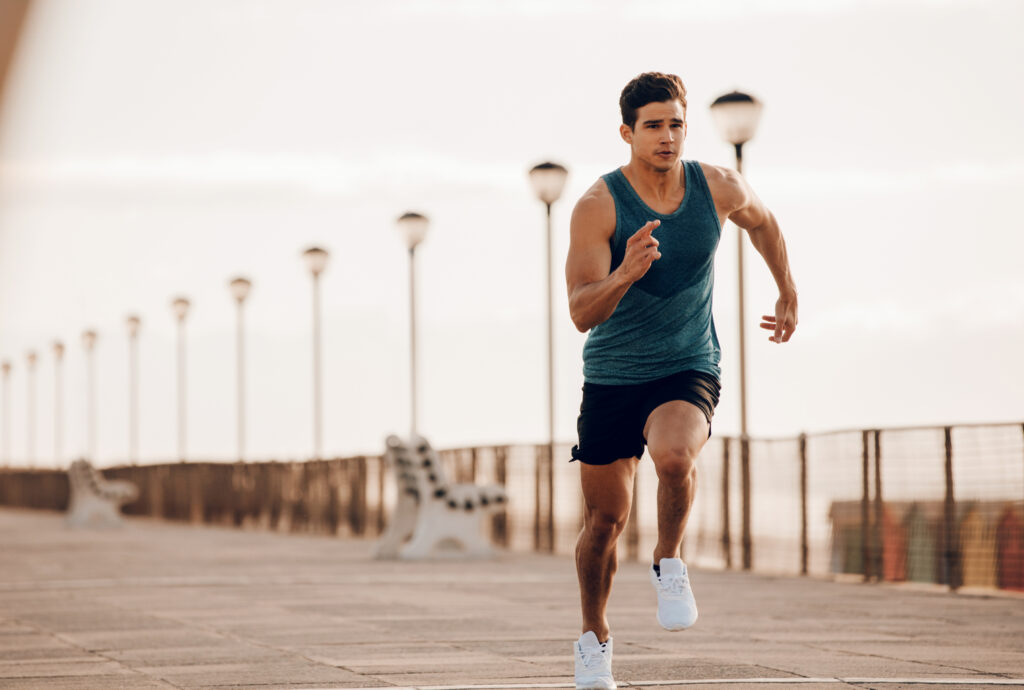The science of breathing
You can easily run faster and longer, and you don’t need to bother yourself with additional training. What’s the big deal? In your breath.
First, inhale both through your nose and mouth — this way you will get more oxygen. But the most important thing is to breathe with your stomach. Lie on your back and inflate and deflate your stomach. Continue this exercise for 15 minutes, it will teach you to tamp the air deep into the lungs.
We don’t usually think about how we breathe. Well, why, if everything happens automatically? You take a breath, oxygen is absorbed into the blood, hemoglobin carries it to the working muscles, they produce energy. This process also has a waste — carbon dioxide, it is transferred back to the lungs, and then we exhale. Everything seems to be simple.
But imagine that you are running up a hill. The load on the legs increases, the muscles need more oxygen. The chest heaves more often. You get less oxygen, and carbon dioxide accumulates all the time, not having time to leave the body. The chest muscles get tired, and they also need more energy. They are more important for maintaining life, and therefore your wise body automatically sends oxygen-rich blood to them.
Breath with your diaphragm
“The body has to decide whether to direct the blood to the leg muscles so that you can run at the same pace, or to transfer it to the chest so that you can breathe? In the end, the respiratory muscles always win, ” says USA Track’s deputy director of Sports Science and Medicine & Field Robert Chapman.
“Most often, we rely entirely on the chest muscles when breathing. And in the end, we fill only 50-60% of the volume of the lungs, ” says Alison McDonnell, author of the book “Breathe Deeper to achieve better results.” “The chest should be on the hook, and the diaphragm will do the main work,” Coates echoes him (you remember that the diaphragm is the muscle that separates the chest and abdominal cavities. To mobilize it means to “breathe with your stomach”). Full contractions of the diaphragm during breathing allow you to inhale the maximum amount of oxygen and exhale more carbon dioxide: fatigue does not occur so quickly. And the more trained this muscle is, the less oxygen it consumes for its actual work. “That means more goes to the muscles of the legs,” says Chapman.
But this is only the first step in the system, the second is to connect the breath with the step.
Run faster today
Improve your training and set records with the help of rhythmic breathing.
1. Start inhaling when you touch the ground with your right foot. And continue to draw the air deep into your lungs for two more steps (it will turn out like this: step right, left, right again). Draw the air calmly, for a long time.
2. Exhale the next two steps (left, right) with a little more effort than on the inhale. But not so fast that it takes your breath away. Repeat to yourself the count: “Inhale-two-three, exhale-two.”
3. Repeat, but this time start inhaling with your left foot touching the ground. This change of legs will just distribute the load on different sides of the body, so you will reduce the risk of injury.
Learn to run again
It just seems that running is a safe sport. But every time your foot touches the ground, a weight more than twice your weight falls on your joints. And this effect is enhanced when you exhale. When you exhale, the diaphragm and the muscles around it relax. Your core doesn’t absorb the impact as effectively, and it seriously increases your chances of getting hurt.
Further — more. Most runners don’t hesitate to inhale every two steps and exhale every two steps. That means they start each exhalation on the same leg. Have you noticed that after training, the body often hurts more on one side than on the other. Now you know what the reason is.
This process should be broken: prolonging the breaths on the third step and exhaling on the second. By inhaling longer than you exhale, you keep your core tense for most of the race. And you also start each exhalation on a different leg, so the maximum load is distributed evenly between the sides of your body. A five-count rhythm is ideal for slow runs and medium-pace running, and for sprints, go for three counts: inhale for two, exhale for one.
These two rhythms allow you to better evaluate and calculate your strength. By alternating different rhythms of breathing and walking, you teach the body to adapt to different loads. And as a result, you save energy until the difficult finish. Or, on the other hand, you spend it so that you don’t come running full of energy — but last.
Read more: HOW TO RUN IN WINTER

